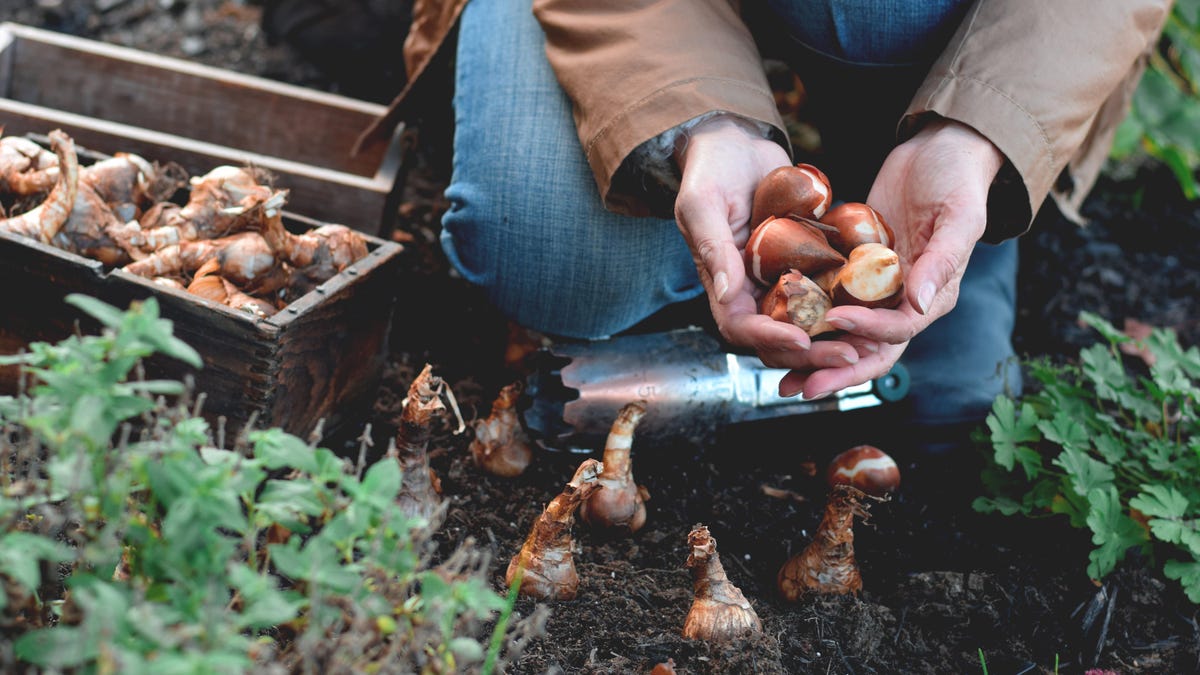Avoid These Mistakes When Planting Bulbs in the Fall

It’s September , which means it’s time to plant spring-blooming bulbous flowers like daffodils, hyacinths, and tulips. If you’re new to gardening, it can take a while to get used to thinking ahead, but if you time it right , you can be sure you’ll have something blooming – or at least green – all year round.
In addition to timing, there are a number of other factors to consider when planting bulbs in the fall. Here are some common mistakes to avoid.
Avoid These Mistakes When Planting Bulbs in the Fall
Regardless of the season, planting bulbs involves more than just filling them in with earth and stopping work. With a little extra time and effort getting things right, you can make a big difference in your garden.
Here are some examples of mistakes to avoid when planting bulbs in the fall, courtesy of the Farmers Almanac :
Choosing a location with too much shade
Bulbs need at least six hours of sunlight each day. Remember to take into account the shade of trees and their leaves for late-blooming flowers. However, early bloomers like daffodils should be nearly finished blooming by the time the trees open their leaves in spring, so you have a little more leeway.
Landing without preliminary preparation
Before planting, pull out all weeds, including roots that are currently growing in the area. Add some sand for drainage, then plant the bulbs in compost or soil rich in organic matter.
Not deep enough
Plant the bulb, pointed end up, to a depth three times the length of the bulb.
Bulb immediate fertilization
You may be tempted to fertilize the bulbs as soon as they are planted, but don’t: they will remain dormant throughout the fall and winter, meaning they won’t get any benefit. Instead, wait until you notice the first green shoots in late winter or early spring. This is a sign that the roots of the bulb are growing and can benefit from the nutrients contained in the fertilizer.